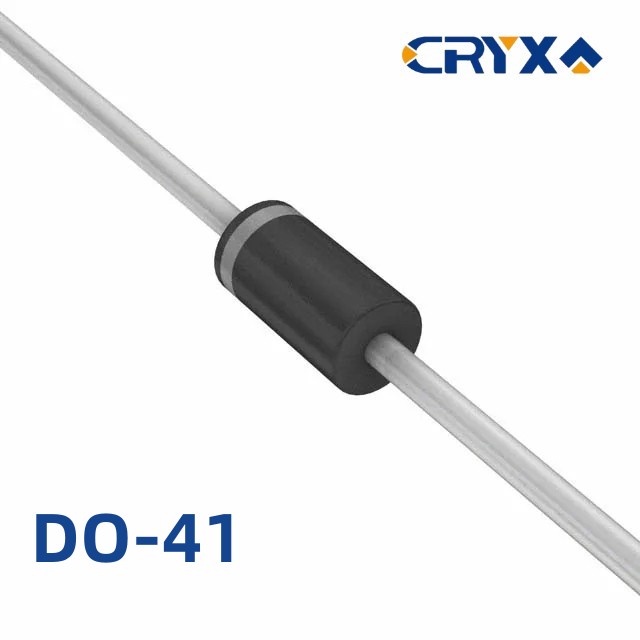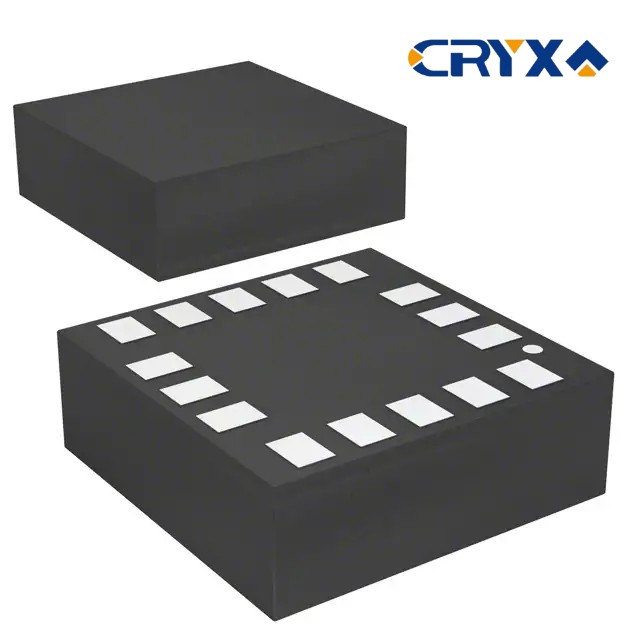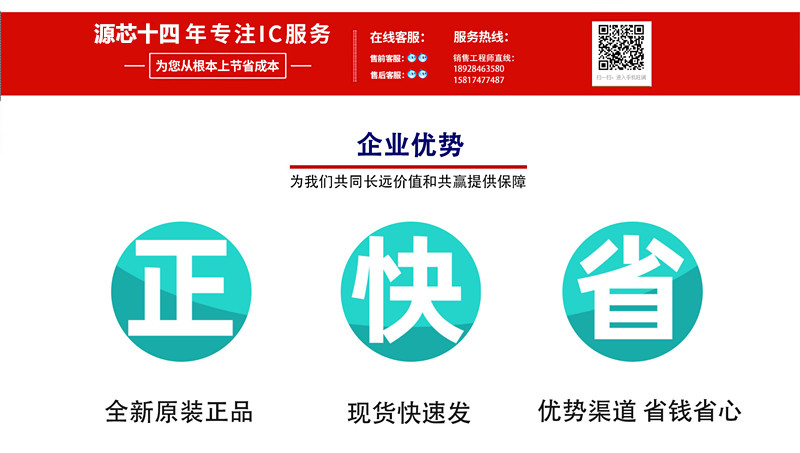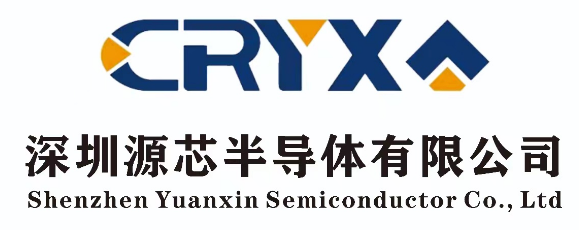When will the third generation of semiconductors move towards large silicon wafers?
With the rapid development of new energy vehicles, power grids, and 5G communication, the third-generation semiconductors represented by SiC and GaN, with their advantages in high-voltage, high-temperature, and high-frequency applications, have gradually shown their replacement role for silicon-based semiconductors and are considered an important development direction in the semiconductor industry.http://www.ic-bom.com/
Up to now, silicon wafers are transitioning from 8 inches to 12 inches. The larger wafer size means that a single wafer can manufacture more chips, reduce waste on wafer edges, and lower single chip costs. The third generation of semiconductors is no exception, making significant strides towards large-sized wafers.
SiC, Entering the Age of Eight Inches
SiC is a good semiconductor material with high breakdown electric field, high saturated electron velocity, high thermal conductivity, high electron density and high mobility, and has been widely used in automotive electronics, industrial semiconductors and other fields.
Domestic enterprises mainly focus on 4-inch SiC substrates, while manufacturers such as Shandong Tianyue, Tianke Heda, Hebei Tongguang, Zhongke Energy Conservation, and Luxiao Technology have completed the research and development of 6-inch substrates; CETC Equipment has successfully developed a 6-inch semi insulating substrate, forming an independent technology system on SiC single crystal substrate technology. Shanxi Shuoke, Jingsheng Electromechanical, Tianke Heda and other companies have also made achievements in 8-inch SiC substrate technology.http://www.ic-bom.com/
Internationally, companies such as Wolfspeed, Rom, Italian Semiconductor, Ansemy, II-VI, and Soitec have successfully developed 8-inch SiC substrates.
According to the prediction of the China Broadband Power Semiconductor and Application Industry Alliance, it is expected that the domestic 4-inch SiC wafer market will gradually decrease from 100000 to 50000 pieces from 2020 to 2025, and the 6-inch wafer market will increase from 80000 to 200000 pieces; From 2025 to 2030, 4-inch wafers will gradually exit the market, with 6-inch wafers increasing to 400000 chips.
It is worth noting that although the arrival of 8-inch SiC can indeed bring some changes to the industry, the current production lines for SiC devices are mostly 6-inch production lines.

Although there is not much difference between 8-inch silicon carbide and 6-inch SiC in ion implantation, thin film deposition, dielectric etching, metallization, and other aspects of power semiconductor manufacturing, there are many manufacturing difficulties in substrate growth, substrate cutting processing, oxidation process, and other aspects of 8-inch SiC. Among them, in terms of substrate growth, expanding the diameter to 8 inches will double the difficulty of substrate growth; In terms of substrate cutting and processing, the larger the size of the substrate, the more significant the problem of cutting stress and warping; The oxidation process has always been a core difficulty in the silicon carbide process. The 8-inch and 6-inch processes have different requirements for controlling airflow and temperature fields, and each process needs to be independently developed. At present, top manufacturers are also collaborating with upstream and downstream technology manufacturers in the supply chain to develop their own manufacturing equipment and production processes. Therefore, upgrading SiC wafers to 8 inches requires upgrading and replacing the manufacturing equipment and overall support ecosystem.
According to Wolfspeed‘s data, taking a 32mm2 area of bare chips (chips) as an example, the number of bare chips on an 8-inch wafer has increased by nearly 90% compared to 6 inches, while the proportion of edge bare chips has decreased from 14% to 7%, which means that the utilization rate of an 8-inch wafer has increased by 7% compared to 6 inches. Therefore, the development of wafers towards larger sizes is an inevitable trend with increasing demand. However, compared to the milestone transition from 4 inches to 6 inches, the transition from 6 inches to 8 inches will take some time. In the future, the 6-inch production line will still occupy the mainstream position.
http://www.ic-bom.com/GaN, six inches are accelerating
GaN has the characteristics of high pressure resistance, high temperature resistance, and low energy loss, with different emphasis on functionality compared to SiC. SiC focuses on high voltage, while GaN focuses on high frequency. However, GaN is expensive and difficult to etch, and its industrialization progress is slower than SiC. Currently, the market for GaN is small, less than 1%, and its wafers are in the stage of transitioning from 4 inches to 6 inches.
The commercial GaN substrate size in China is mainly 2 inches, with small batch shipments of 4 inches. It is expected to complete the mass production of 6 inch substrates and enter the market by 2025. The main enterprises include companies such as Suzhou Navi and Dongguan Zhongjia.
International GaN single crystal substrate suppliers include companies such as Sumitomo Electric, Kogawa Machinery, Mitsubishi Chemical, Kyma from the United States, and Lumilog from France. Japan is the world‘s largest producer of GaN wafers, accounting for over 90% of the market share. The mainstream mass-produced product among them is still 2-inch. Multiple manufacturers have announced the completion of research and development for 4-inch and 6-inch GaN single crystal substrates, with some manufacturers achieving mass production for 4-inch.

The commonly used substrates for GaN devices are silicon based and silicon carbide based: Silicon carbide based GaN RF devices have high thermal conductivity and high-power RF output advantages, suitable for 5G base stations, satellites, radar and other fields. Silicon based GaN power devices are mainly used in the field of power electronic devices. Although GaN devices based on GaN substrates are at a leading level in various performance indicators, the substrate price is too high.
The upstream raw materials of the GaN industry chain include GaN substrates and GaN epitaxial wafers, which have high raw material costs and heavy import dependence, with a localization rate of about 10%. In the field of substrates, there are serious technical difficulties with GaN substrates. A 2-inch GaN substrate can be sold for up to $5000 in the international market and is difficult to obtain. So silicon based and silicon carbide based GaN devices will be the first to be commercially available.
GaN has a wide range of applications, and as a key core device supporting the construction of "new infrastructure", its downstream applications are targeted at major fields such as 5G base stations, ultra-high voltage, new energy charging stations, and intercity high-speed railways in "new infrastructure". In addition, GaN‘s efficient power conversion characteristics can help achieve efficient power conversion in photovoltaic, wind power (power production), DC UHV transmission (power transmission), new energy vehicles, industrial power, locomotive traction, consumer power (power use) and other fields, helping to achieve the goal of "carbon peak, carbon neutrality". According to the growth rate estimates of Market and Market, Yole, and other institutions, it is expected that the global GaN component market size will grow to $42.3 billion by 2026, with an annual compound growth rate of approximately 13.5%.http://www.ic-bom.com/
At present, due to factors such as preparation process, subsequent processing, and raw material sources, silicon materials are still the mainstream semiconductor materials. However, with the surge in demand for terminal applications, SiC and GaN wafer sizes will be upgraded towards the 8-inch direction. Currently, SiC and GaN wafers are mainly limited to 4-6 inches. It is believed that the efforts of leading suppliers in 8-inch wafers will drive an increase in the production capacity of 8-inch wide bandgap power semiconductor wafers. In the coming years, the trend of SiC and GaN wafer size development towards 8 inches will continue to exist.







